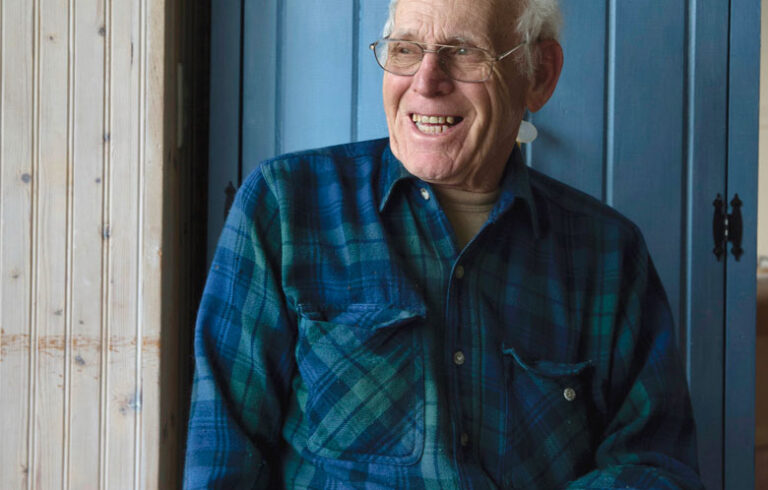The fitness center was full, but the treadmills and weight machines were empty. Instead, community members, from elementary students through older adults, filled chairs and stood around the margins of the basketball halfcourt.
The occasion was a special town meeting, called to seek approval for a work of public art—a mural to be painted on the side of the newly refurbished fitness center. Last year’s fifth- and sixth-grade students had proposed it as a way of beautifying and enlivening the town’s outdoor basketball court, a social hub for that demographic.
Last spring and over the summer, muralist Alexis Iammarino met with the students to discuss feasibility and to do some initial brainstorming for the mural’s design.
“If so many people want the mural, why did we spend so long talking about it?”
There was a sense from the students and teachers that the plan would meet with instant approval from the town, but because of the upgrades to the fitness center, which were very welcome, it created some hesitation around the idea of painting on the wall. The board of selectmen were deadlocked when it came to a vote. Therefore, a town meeting was scheduled.
With their teachers’ support, the student stakeholders did substantial groundwork to build awareness of the meeting, which certainly contributed to the robust attendance. Alexis made the trip to the island for the meeting as well.
The moderator and the town representatives made it abundantly clear what was being decided—whether permission would be granted to paint a mural on the side of the building. The design was still in progress and would be subject to later approval by the board. The floor was opened for discussion.
The questions came fast and furious. Why didn’t the students want to paint a mural at the school? Why not paint on panels and attach them to the building? Or to the fence around the basketball court? Who would maintain the mural? What would the effect of painting on the new metal siding be? What if the neighbors hated it? What if the current neighbors moved out and the new neighbors hated it?
The teachers and Alexis responded as best they could. The students felt ownership over the town court and wanted to beautify the space. The wellness committee had committed funding for the project.
Attaching panels to the building would be more expensive, would likely cause more damage to the building than painting on it, and wouldn’t actually constitute a mural.
The school does already have a beautiful Alexis Iammarino-helmed mural in the high school commons. Alexis described her previous projects, many of which can be seen enlivening Rockland’s Main Street, highlighting her expertise as both a fine artist and a house painter.
The moderator attempted to bring the discussion to a close several times, but it rambled on. Finally, a community member suggested the students themselves might take the floor.
After a moment’s hesitation, one seventh grader stepped forward.
“I just want to know—which would you rather look at? A boring gray wall? Or a beautiful mural?”
The constituents applauded. His peers clapped him on the back. The moderator opened the vote.
Seventy-four voters filled out blue paper ballots, nearly a quarter of the entire island’s population, and a high percentage of the registered voters. In the end, 61 votes were cast in favor of the mural, 12 against, and one ballot was spoiled.
Once the results were announced, many of the families who had come to support the students’ initiative filed out. My own kid had some questions on the car ride home.
“If so many people want the mural, why did we spend so long talking about it? Why did a lot of people want to be heard saying they didn’t want the mural?”
I thought before I answered.
“That’s democracy. We get the opportunity to say what we like and what we don’t like, to ask questions, to voice our fears and concerns. Change is hard sometimes. But this way people were heard, and now everyone knows that most people are excited about the mural and that it will happen.”
And as frustrating as the process can be sometimes, it feels like it works exactly the way it should.
Courtney Naliboff teaches on North Haven. She may be contacted at Courtney.Naliboff@gmail.com.





